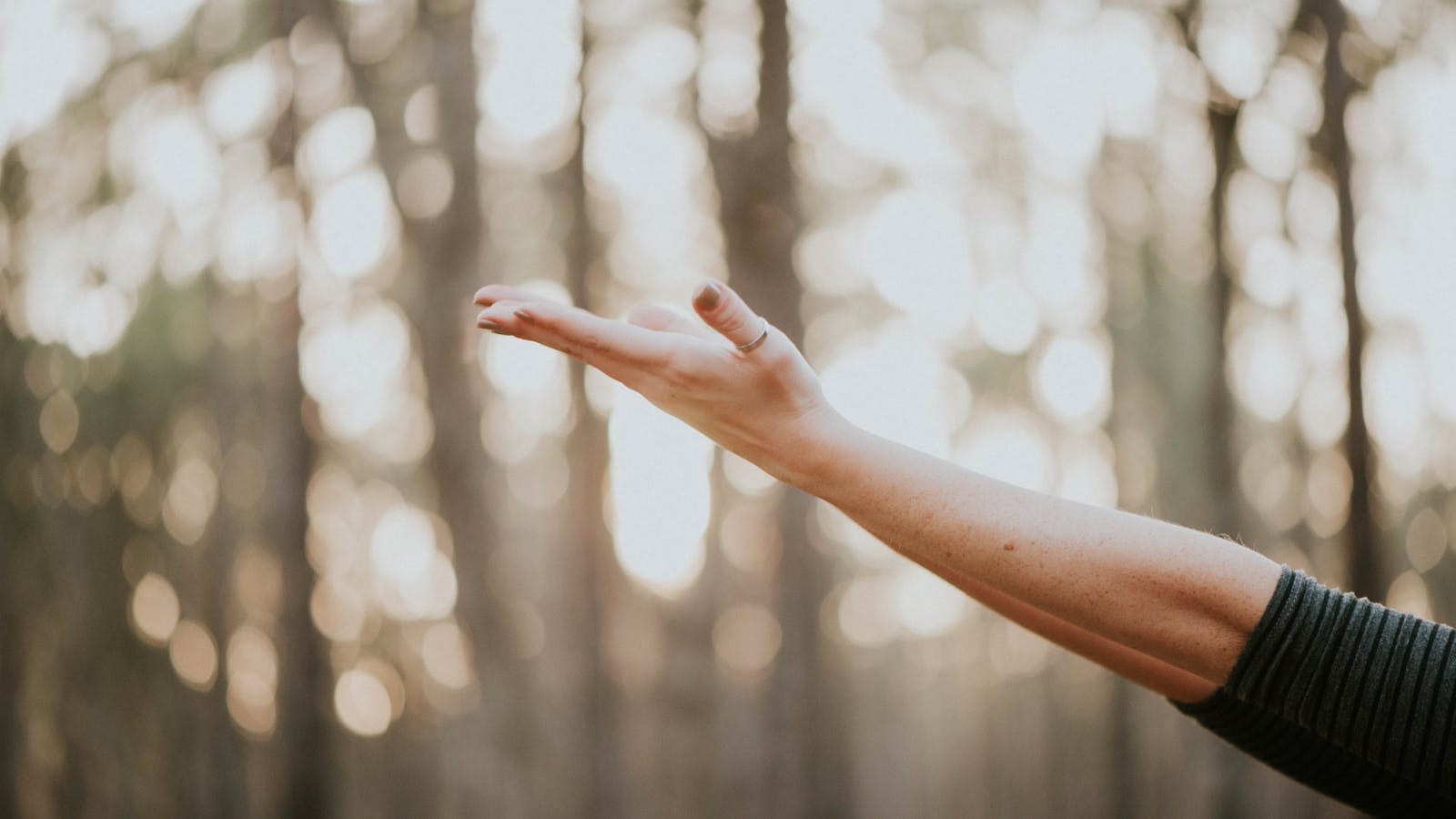With the popularity of mindfulness, more and more people are realizing the benefits of being self-aware and living fully in the present moment.
Applying this concept to physical activity could have major benefits. Mindful movement is about connecting your mind and body and finding a gentler, more sustainable way to keep your body healthy, physically and mentally.
The goal is not only to raise your heart rate and make you sweat, but also to teach you to know yourself better and use your body optimally.
How to practice it?
Conscious movement consists of carrying out rather gentle physical activity, such as yoga, Pilates or Feldenkrais, by listening to the sensations of your breathing and adopting different postures. Become aware of the thoughts and emotions that arise, notice them and bring your awareness back to the body. Pay attention to places where a stretch is slightly outside of your comfort zone and starts to make you uncomfortable.
The benefits of conscious movement
-
It allows you to explore your limits and better tolerate discomfort: When you stretch, you eventually reach a limit, beyond which the discomfort becomes too intense. Mindfulness offers the opportunity to explore your mind's reactions. Notice if you have a habit of sinking into pain, or if you always avoid discomfort. Be curious about your relationship with movement and stretching and bring a playful attitude to your experience. By approaching your limits with awareness, you open yourself to uncomfortable physical sensations rather than avoiding them and you increase your window of tolerance for less pleasant sensations and emotions.
-
It trains you to live in the present moment: By focusing on the range of feelings and sensations in your body, you detach yourself from your thoughts and immerse yourself in the present moment. Conscious movement is a way of entering into the here and now. Most other formal meditation practices involve remaining still, and you may find that movement is an easier gateway to the practice of mindfulness, which leaves no room for ruminations and projections and helps lower levels of awareness. stress.
-
It teaches you how to apply mindfulness in your daily life: You can carry this discovery into your daily life and become more aware of all the movements you make, such as walking, cooking, cleaning and dressing. You train your mind to be attentive in your daily activities, and not create a dependent relationship with still mediation.
- It teaches you patience and perseverance: As you try to find your balance in a yoga pose, notice that your body is not completely stiff or still, but is continually moving and correcting itself to maintain your balance. Sometimes you lose your balance and have to start again. Likewise, living a balanced life requires continual adaptation, and you may stumble along the way, but it is in getting back up that you will grow and progress.
Sources :
In the Heart of Turmoil: Mindfulness - Jon Kabat-Zinn
Awareness Through Movement: Health Exercises for Personal Growth - Moshe Feldenkrais

